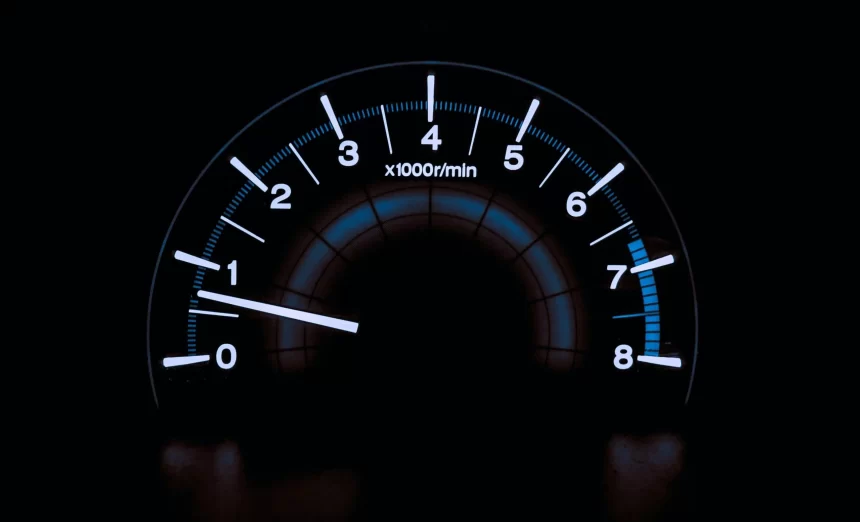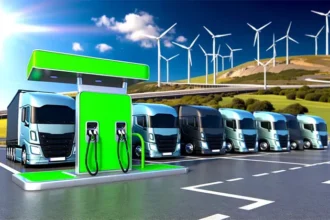Artificial Intelligence (AI) has been the talking point of a technological revolution for more than seven decades. AI is a digital machine’s ability to make decisions and perform human-related tasks. AI analyzes how a human brain thinks and how it learns choices and behaves in a situation.
AI provides countless possibilities in every business field to revolutionize technology, and the automobile industry is not left untouched by AI. For example, the autonomous or self-driven car is the hotspot in the latest research and is heavily invested in by every car manufacturer. It has been predicted that by the end of 2020, there will be more than 150 million AI-powered cars.
While addressing the AI in auto industry and their accessories, let us highlight the advantages AI provides in the automotive industry:
- Increased driver protection
- Reduced accidents due to consistent quality control
- Improved driving experience
- Less likelihood of equipment failure
- Increase in efficiency due to collaboration between robot and person.
- Good project management
- Improved after-sales assistance
Car manufacturers are now using many AI features to enhance driver safety, such as voice-control, lane-switch, collision-detection, etc. As technology advances, automotive devices such as video cameras, sensors, etc. will use AI to provide drivers with optimum comfort.
Let’s look at the working of AI in auto industry
Driver Support
It makes sense to test the AI capabilities by integrating driver-assist functionality before the transition to fully autonomous cars. AI uses several blind-spot warning sensors, crash detection, pedestrian detection, lane tracking, etc. to identify dangerous conditions and warn the driver accordingly. Similarly, AI-based algorithms can evaluate vibration sensor data to detect anomalies. In addition, with the advent of modern technologies, one may evaluate the load that the roof rack carries, which can help avoid overload.
Predictive Maintenance
With AI, the maintenance concept is changing from preventive to predictive. AI will help in providing actionable feedback for car maintenance rather than relying on event-driven or time-driven strategies for scheduling the maintenance. AI uses sensors and contextual data such as geographic or weather information, in addition to the historical data. AI will deliver updates to real-time condition-based maintenance requirements for cars by analyzing the data and by learning machines.
Assessment of Driver
Based on the driver’s history, AI can foresee the issues resulting from his absent-mindedness. AI can predict the danger that can emerge from the driver’s personal life or professional life by examining the driving pattern. Similarly, AI can track the driver’s vitalities by using fatigue monitoring tools to alert him and take control of the vehicle in an emergency. An AI-driven camera will also be able to monitor driver drowsiness and activate an alarm.
Effective Communication
Communication with AI is possible between vehicle-to-vehicle (V2V) and vehicle-to-infrastructure (V2I). A car can interact with other vehicles, road signs, traffic signals, etc. with these technologies. One can easily enjoy advanced features such as lane monitoring, lane switching, cruise control, etc. by allowing vehicles to interact with one another. Additionally, connectivity through V2I enables one to re-route the car in order to avoid congested roads. Enhanced communication eliminates the risk of injuries in a nutshell, and gets one to their destination with less difficulty.
Smooth Settlement of an Insurance Claim
The insurance sector deals with data processing from various fields, and AI provides tremendous potential for development. For instance, an in-car camera may document injuries that could be useful during court proceedings or insurance settlements. Similarly, AI can process the data rapidly and speed up the process of claim-settlement. Using AI’s data analyzing properties, one can even prepare driver profiles and check fraudulent claims.
Car Manufacturing
In addition to improving the driving experience, AI can also change the way we build cars. Machines have supported the car manufacturer’s assembly lines for over five decades. However, AI can build smart robots that function alongside their human counterparts rather than working for them. For instance, AI helps to design autonomous delivery vehicles for transporting components in a plant. Similarly, smart, wearable robots work with staff to improve production efficiency by up to 20 percent.
Conclusion
AI promises to alter the way we drive cars in the automobile industry. The advantages of AI car accessories are already apparent, and their scope is limitless. AI’s rewards and opportunities to improve the overall safety and driving experience draw tremendous attention from both tech giants and entrepreneurs. From making the car safer to forecasting repairs, from easing the insurance claim process to offering high-tech functionality, AI provides the all-round enhancement in driving efficiency.










